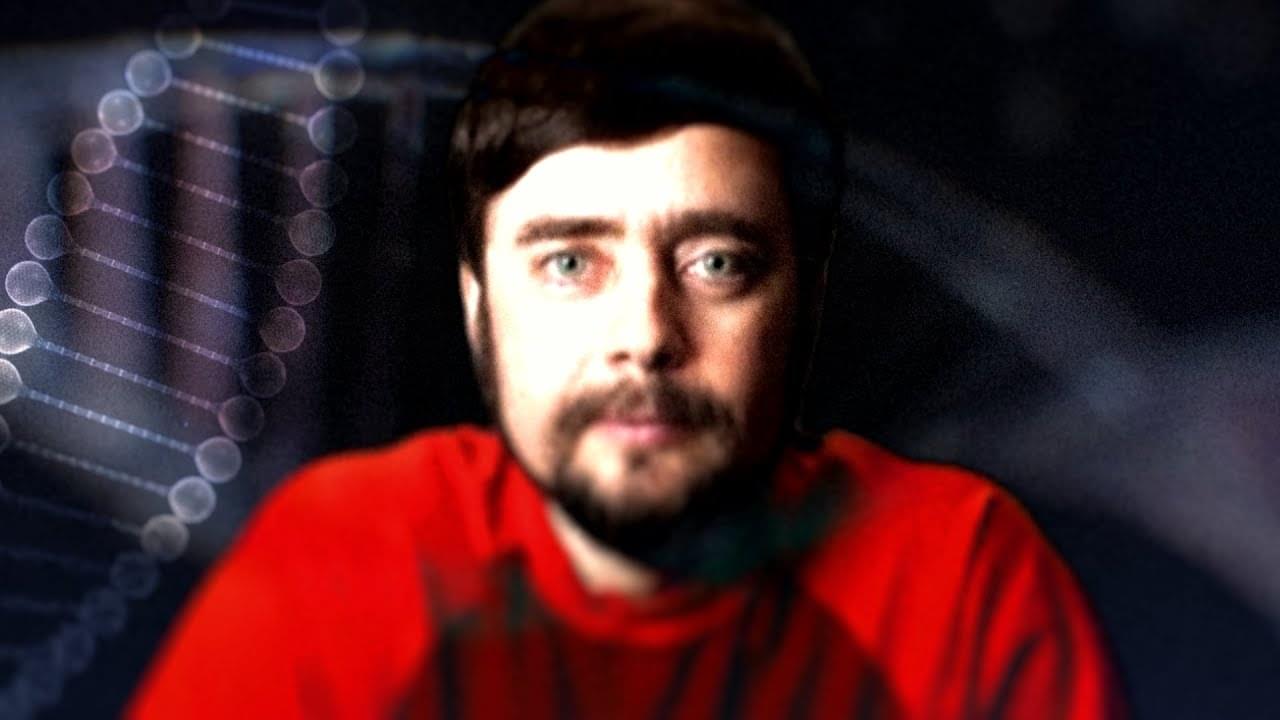In this episode of the Longevity Optimization Podcast, Dr. DeGray discusses groundbreaking research in aging and longevity, focusing on combination therapies, the hallmarks of aging, and the potential of stem cell and gene therapies. He emphasizes the importance of rejuvenation over merely slowing aging and explores the role of the immune system in health. The conversation also touches on biological age testing, lifestyle factors, and the future of gene therapy in enhancing longevity.
Aubrey de Grey is a British biomedical gerontologist and the founder of the SENS Research Foundation. He is a leading advocate for regenerative medicine, focusing on reversing the effects of aging by repairing cellular damage. Known for his bold vision of life extension, de Grey believes that with advanced therapies, humans could significantly extend their lifespan. He is the co-author of Ending Aging, and his work continues to shape the future of longevity science.
Takeaways.
Combination therapies are crucial for understanding aging.
Rejuvenation may be easier than slowing down aging.
Stem cell therapies hold great promise for the future.
The immune system plays a significant role in aging.
Biological age testing can provide insights into health.
Gene therapy is a promising avenue for longevity research.
Lifestyle factors have limited impact on lifespan extension.
Understanding the hallmarks of aging is essential for interventions.
Preventative maintenance is key to longevity.
The future of aging research is bright with new technologies.
Chapters.
00:00 Introduction to Longevity and Aging Research.









